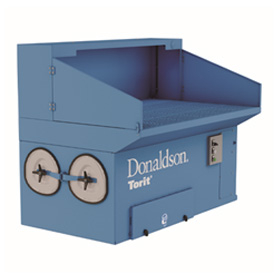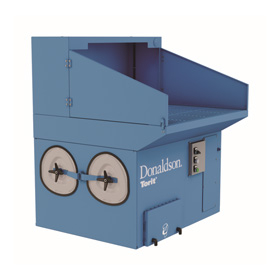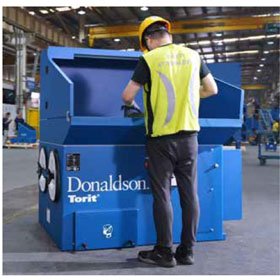The efficiency of the turbo refrigeration units and their peripheral equipment for clean rooms improved by 13.5% to 19.1% after installation.
At Company F, a comprehensive material manufacturer, multiple turbo chillers are used in a production line for a clean room, controlled by the number of units (three 390RT units and three 500RT units). Among them, ball cleaning (XAC) has been introduced for the three 390RT units with higher loads.
Inquire About This Product
basic information
◆Energy-saving Effect Efficiency improvement of 13.5% to 19.1%!! 【Annual Operating Data for the Year Before Installation】 Total Production Heat: 11,752,570 Mcal Power Consumption (including auxiliary equipment): 5,931,648 KWh System COP: 1.98 Mcal/KWh 【Annual Operating Data for the First Year After Installation】 Total Production Heat: 13,650,151 Mcal Power Consumption (including auxiliary equipment): 6,070,731 KWh System COP: 2.25 Mcal/KWh (compared to before installation: +13.5%) 【Annual Operating Data for the Second Year After Installation】 Total Production Heat: 14,276,209 Mcal Power Consumption (including auxiliary equipment): 6,047,961 KWh System COP: 2.36 Mcal/KWh (compared to before installation: +19.1%) ◆Cost-saving Effect Chemical cleaning every three years is no longer necessary. Additionally, due to the efficiency improvement of the refrigeration unit, the total operating hours of the refrigeration unit have significantly decreased, resulting in a 26% reduction in the total amount of makeup water and water treatment chemicals used across six units.
Price information
-
Delivery Time
Applications/Examples of results
Turbo chillers for clean rooms Turbo chillers for production lines Turbo chillers for central air conditioning Even with the introduction of high-performance chillers, if the condenser is dirty, its capabilities cannot be fully realized. Please consider upgrading to chillers that do not get dirty through ball cleaning for your heat exchangers.
catalog(3)
Download All CatalogsCompany information
The costs of electricity and gas for air conditioning have become a significant issue that cannot be ignored. No matter how efficient a refrigeration unit is, if the heat exchanger is dirty, its performance can be halved. Even with regular brush cleaning, it may remain dirty for most of the operating period, leading to increased maintenance costs. For those who have not encountered a method to "keep the heat exchanger clean," I hope to introduce a way to maintain the heat exchanger in a clean state without incurring high costs for water treatment, without needing to perform brush cleaning once a year, or chemical cleaning every few years.







![[Case Study of Refrigeration and Control System] Mercedes-Benz USA Headquarters](https://image.mono.ipros.com/public/product/image/01e/2000835357/IPROS35474204814552447814.png?w=280&h=280)


![[Case Study on Turbo Refrigeration System] Snow Brand Milk Products Co., Ltd.](https://image.mono.ipros.com/public/product/image/3e9/2000836232/IPROS28048373369592326032.png?w=280&h=280)



